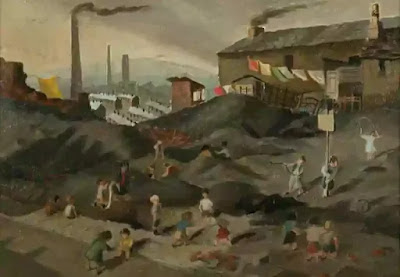Also Read
The Waste Land has evoked controversial reactions precisely because of its technique. There is no doubt that the technique of the poem is complex, which, Eliot felt, was inevitable in modern art. There are some salient features of the technique of The Waste Land.
The mythical technique is the most striking aspect of the poem. Eliot wanted to communicate a sense of horror at the futility, ugliness, desolation, and lack of direction in modern life. He does not convey the picture directly but through the use of mythical allusions and parallels.
Linked with the use of myths is the technique of symbolism. The waste land is itself a symbol of a condition where there are no spiritual values, and action is mechanical and meaningless. The waste land is symbolized by the modern city's soulless 'death in life'. Fire assumes a double symbolism - it purifies as well as destroys; it is purgatory as well as the fire of lust. Water too has double significance it gives life, but it can also drown. In modern waste land, only the destructive aspects are understood, but the positive aspects seem too fearful to comprehend. In the end, thunder is heard, though no rain falls; but hope is there in the possibility of life-giving rain if the words of Thunder are obeyed. Symbols provide a unifying thread in the poem.
The totality of impression is conveyed through a series of images. The Waste land is a collection of vivid pictures which in its total impression gives a sense of unity because the pictures contribute to the theme. The technique is similar to that of the filmmaker.
Allusive method: The images of the poem are in most cases inseparable from the allusive technique. Each picture hides echoes of the past-myth, religious or literary nature. The allusive technique helps in the achievements of economy, but it also leads to obscurity. Tiresias is the central observer. Eliot also uses the technique of using a central observer. In The Waste Land, it is Tiresias, the inclusive consciousness who was once man and woman, blind but able to foresee the future. He is the spectator, not a character, but he unites the poem in a way.
Circular progression, not linear: All the technical devices used by Eliot contribute to a circular shape. There is no linear development or a logical progression from scene to scene, but a circular one like the vegetation myths it incorporates. In the end, we do not get the impression of having reached an ending, but it is rather as if the stage is set for a new beginning. The words of the Thunder are not final, but just an indication of a possibility.
